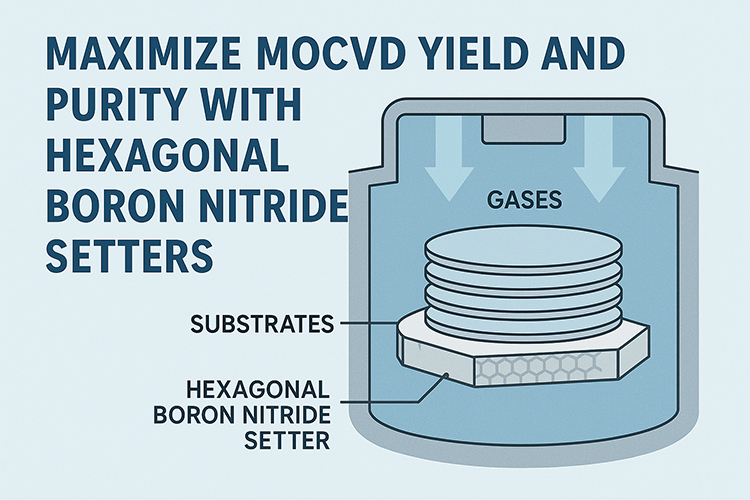Silicon Carbide Uses in Power Devices
Power devices are one of the most important basic components in the power electronics industry, and they are widely used in the fields of power conversion and circuit control of power equipment. As the core of power-consuming equipment and systems, power devices play the role of realizing the processing, conversion and control of electric energy, and they are indispensable core semiconductor products in the industrial system. Silicon carbide power devices have the properties of excellent high-pressure resistance, high-temperature resistance, and low loss performance. They can effectively meet the high efficiency, miniaturization and lightweight requirements of power electronic systems, and have obvious advantages in the fields of new energy vehicles, photovoltaic power generation, rail transit, and smart grids. This article mainly talks about the silicon carbide uses in power devices.
Silicon Carbide Uses in Electric Vehicles
The power of the silicon carbide power device is positioned between 1KW-500KW, and the operating frequency is between 10KHz-100MHz. It is especially suitable for applications with high energy efficiency and space size requirements, such as electric vehicle chargers, charging piles, photovoltaic inverters, high-speed railways, smart grids, industrial power supplies and other fields that can gradually replace silicon-based MOSFETs and IGBTs.
Silicon Carbide Uses in the Photovoltaic Field
A report shows that in photovoltaic power generation applications, the cost of traditional inverters based on silicon-based devices accounts for about 10% of the system, but it is one of the main sources of system energy loss. Photovoltaic inverters using silicon carbide MOSFETs or power modules combined with silicon carbide MOSFETs and silicon carbide SBDs can increase the conversion efficiency from 96% to more than 99%, reduce energy loss by more than 50%, and increase the cycle life of equipment by 50 times. The advantage is that it can reduce the system volume, increase the power density, extend the service life of the device, and reduce the production cost. High efficiency, high power density, high reliability and low cost are the future development trends of photovoltaic inverters. In string and centralized photovoltaic inverters, silicon carbide products are expected to gradually replace silicon-based devices.
Silicon Carbide Uses in Rail Transit
Rail transit vehicles are showing diversified development, which can be divided into mainline locomotives, urban rail vehicles, and high-speed trains in terms of operating status. Among them, urban rail vehicles and high-speed trains are the main driving force for the future development of rail transit. A large number of power semiconductor devices are used in rail transit vehicles, and their traction converters, auxiliary converters, integrated main and auxiliary converters, power electronic transformers, and power chargers all require the use of silicon carbide devices. Among them, the traction converter is the core equipment of the locomotive high-power AC drive system. The application of silicon carbide devices to rail transit traction converters can maximize the high temperature, high frequency and low loss characteristics of silicon carbide devices, and improve the efficiency of traction converter devices. The use of silicon carbide devices fully meets the application requirements of large-capacity, lightweight and energy-saving traction converter devices for rail transit, and can improve the overall efficiency of the system.
Conclusion
Thank you for reading our article and we hope it can help you to have a better understanding of the silicon carbide uses in power devices. If you want to know more about silicon carbide and other ceramics, we would like to advise you to visit Advanced Ceramic Materials (ACM) for more information.
{{item.content}}
LEVE A REPLY
{{item.children[0].content}}
{{item.content}}
LEAVE A REPLY
SUBSCRIBE OUR NEWSLETTER
- Boron Nitride in Cosmetics: Enhancing Performance and Sensory Appeal
- Maximize MOCVD Yield and Purity with Hexagonal Boron Nitride Setters
- What Are the Advantages and Uses of Boron Nitride Ceramic Sheet?
- The Compression Annealing Advantage for Pyrolytic Boron Nitride
- Beyond Insulation: The Surprising Spectrum of Ceramic Thermal Conductivity











